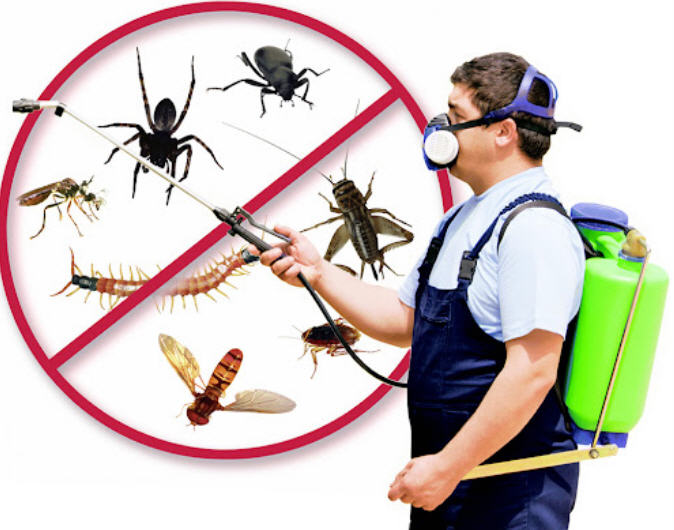
Key Performance Indicator (KPI) for Pest Control
To name a few:
Business model with KPI’s (residential, commercial, type of pests targeted) can affect priorities, select the KPIs most relevant to you.
Service Delivery KPIs
- Customer Retention Rate: Percentage of customers who renew their pest control contracts annually. High retention means satisfied customers.
- Response Time: Average time it takes to respond to a customer’s request for service, especially for urgent issues. Faster response improves customer satisfaction.
- Treatment Effectiveness: Measure the success rate of your treatments in eliminating or reducing pest infestations.
- CallBack Rate: Percentage of jobs requiring a follow-up visit due to unresolved pest issues. Lower callback rate indicates better initial treatment effectiveness.
- Technician Efficiency: Track the number of service calls a technician can complete in a given workday. Higher efficiency boosts revenue potential.
Customer-Focused KPIs
- Customer Satisfaction Surveys (CSAT): Measure satisfaction with service quality, technician professionalism, pricing, communication, etc.
- Net Promoter Score (NPS): Tracks the likelihood of a customer recommending your pest control services. High NPS reflects loyal customers.
- Online Reviews: Monitor reviews on platforms like Google, Yelp, or industry-specific sites. Understand how customers perceive your business.
- Referral Rate: Percentage of customers who came via referrals from existing customers. Strong referrals are a sign of good service.
Sales & Revenue KPIs
- Revenue Growth: Are your sales expanding or contracting over time? Track the health of your business.
- Average Contract Value: Average revenue for a pest control service contract. Helps understand service pricing.
- Customer Acquisition Cost (CAC): Cost of acquiring a new customer. Helps manage marketing spend and profitability.
- Sales Conversion Rate: Percentage of leads or quotes that turn into paying customers. Tracks sales process effectiveness.
Financial KPIs
- Gross Profit Margin: Percentage of revenue remaining after direct costs of service (technician labor, chemicals, etc.) are accounted for.
- Net Profit Margin: Percentage of revenue remaining after all expenses are accounted for. Measures overall profitability.
- Renewal Rate: Percentage of annual service contracts that customers renew, providing a stable revenue source.
Operational KPIs
- Chemical Usage & Costs: Track the type and volume of chemicals used and their associated costs. Manage these for profitability.
- Fleet Management: If you operate vehicles, track fuel efficiency, maintenance costs, and vehicle utilization to optimize expenses.
